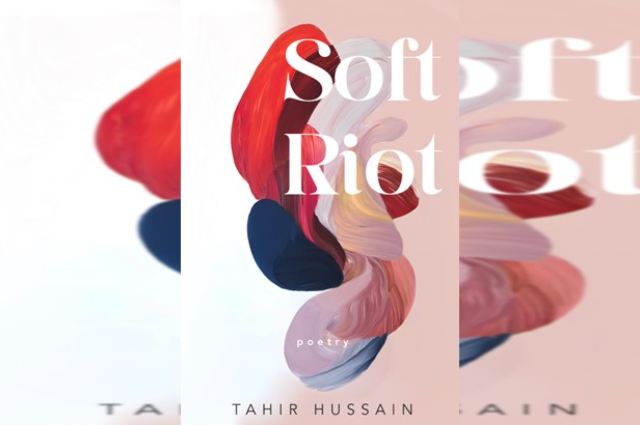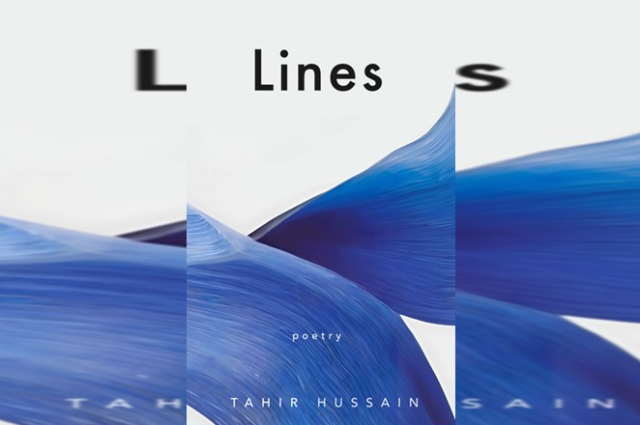
1. What did you write when you were little that made you realise you could—and wanted to—be a writer?
Growing up, Harry Potter had a profound influence on me. I first picked up The Chamber of Secrets when I was ten, and I devoured it in a week. That book sparked a lifelong habit of reading—first fantasy, then gradually moving into philosophy, psychology, and self-help.
But my earliest memory of writing something original came at age twelve. I was a huge Pokémon fan, and I wrote a full-length novel about a young trainer’s journey, complete with hand-drawn illustrations and character arcs. I recently rediscovered that book after misplacing it for nearly 20 years. When I read it now, I’m struck by how mature the voice sounds for a child. That’s when I realized—this wasn’t a phase. I was always meant to be a writer.
2. Why did you choose self-publishing over traditional routes?
Because I don’t write for fame or money—I write because the process itself gives me joy. Traditional publishing often slows down creative momentum and dilutes the creator’s vision. Self-publishing gave me complete control over the art—from the cover to the content to the release strategy. It allowed me to remain independent, move quickly, and stay true to my voice.
3. Tell us about the book you’ve published. What did you learn from the journey that you’ll carry into your next project?
My first book Art For Two is a hardcover poetry-art hybrid—a celebration of passion, femininity, longing, and the divine. I deliberately designed it as a timeless object: art paper interior, black-and-white analog photography, minimalist typography. It’s more than a book; it’s a coffee-table keepsake.
What I learned from the self-publishing process is this: be radically independent. You are the final word on your manuscript, design, and promotion. Publishers might support you, but they won’t carry your vision. So start with a clear idea of what the finished product should feel like, and reverse-engineer the process from there.
4. What inspires you most to keep writing?
Life itself. I use poetry as emotional alchemy—turning feelings into form. I think that’s why people resonate with my work: I put words to the emotions they’ve always felt but never voiced. It creates a mirror. A connection.
5. How does it feel to share a poem on stage at an open mic? What do you look forward to most?
It feels like a moment of complete authenticity. There's something sacred about being seen, not just watched, but truly seen. When the audience connects with a poem, it’s not applause I hear—it’s recognition. It’s a shared truth vibrating in the room.
6. Is the underground poetry scene in Bangalore something that could evolve into a larger national movement?
Absolutely. India’s poetry landscape is rapidly evolving. From slam poetry to storytelling to Instagram verse—there’s a renaissance happening. Bangalore has multiple poetry circles where young poets gather, exchange ideas, and keep the art alive.
These communities are the antidote to hyper-digital consumption. In a world addicted to scrolling, they offer presence, emotion, and real human connection. It’s art, but it’s also resistance.
7. Poetry has historically been tied to politics, identity, and resistance. Do you think it will become a signature of this era?
Yes, because poetry can say what comedy cannot.
Jokes offend. Poetry questions.
Poetry creates space for rage, tenderness, and reflection.
And no authority can cancel a metaphor.
8. In the age of algorithms and viral content, is there an audience you hope your poetry reaches?
I don’t chase virality. I create, and I let the right people find me. That said, I’ve created a “The why” section on my Instagram filled with messages from strangers who’ve stumbled across my poems and felt deeply moved. That’s who I write for—the silent ones, the seekers, the ones who didn’t know they needed poetry until they found it.
9. How has your writing or purpose evolved from your first book to now?
Art For Two, My first book, was a celebration of love, femininity, and passion—an ode to the divine feminine and the euphoria of intimacy.

Soft Riot, my second book, I began exploring deeper, more existential terrain: purpose, death, and the spiritual quiet that follows emotional chaos. It marked a shift—from personal emotion to collective introspection. Soft Riot explores modern identity, the influence of technology, and the complexities of dating in the digital age. It's a reflection of the times we live in—chaotic, connected, and often confused.

Lines, my third book, is a dedication to simplicity. It features my shortest poems—truth captured in just a few words. It took nearly a decade to refine this minimalist voice, where even a single line can echo with depth.
Today, my writing focuses on current affairs, the quiet battle between large systems and the individual, and the resilience of humanity and kindness amidst the rise of machines and the elite. I explore how technology is reshaping our reality—and how, even in this new world, kindness, consciousness, and spiritual clarity remain our last strongholds.
Tahir Hussain's journey has been shared on his website.
